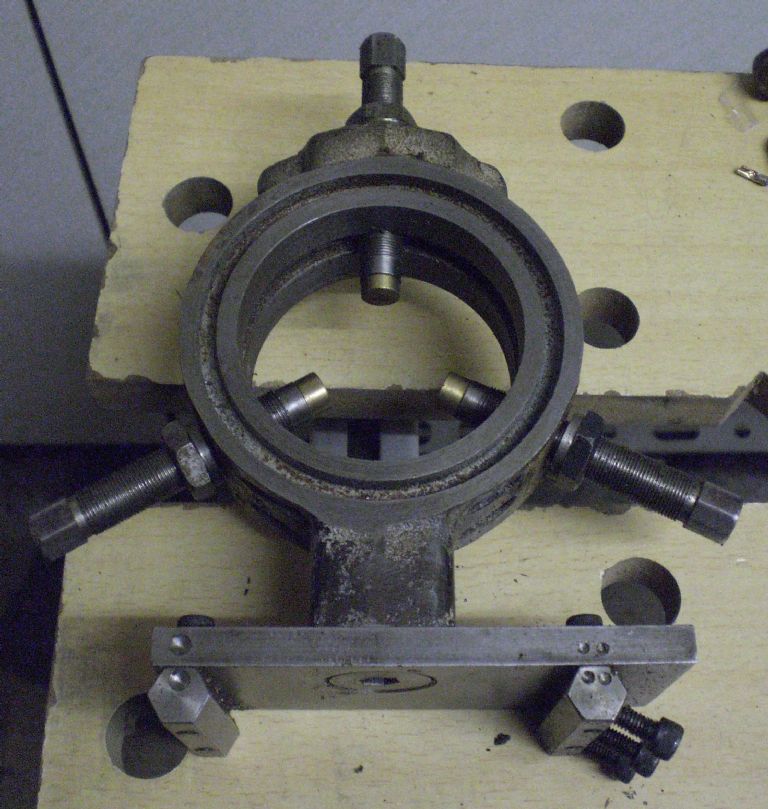I must amit, I have always found black bar a bit of a pain to get a decent finish on, and it can tear like hell milling. Of course it can be done with a slightly rounded nose tip lower feed rates, and lower cutting speeds on a mill. But why bother, since for our purposes 220M07 is out there in copious supply. (And its ANSI equivalent for hte rest of the world)
You can of course use one of the general engineering steels if one wants to, but the chances of actually needing to are such that unless one actually can calculate stress and strain, and terms like Youngs Modulus and Poissons Ratio actually means something, one wants to stay away from such critical design.
Perhaps I’m fortunate – I ask my people for 220/230 M07, and thats what I get. It machines beautifully, it silver solders easily, and it welds just fine, using Argoshield 5 as a gas. And it case hardens fine well too with Kasenit, for crankpins and other such items – I was going to say heavily loaded, but the stress is actually very low.
If I ever want to stress relieve it and normalise to black bar standards, then I could – but for why exactly?
We, making models of locos generally want adhesion, and that means mass, so slim and lighweight highly stressed structures are not generally our thing. And if they are one’s thing, gererally one will know about it., and be able to do the maths to enable their use.
To give you an idea – Metre Maid with 1.5″ cylinders running at 80psi. You get a mighty 140 lbf of thrust. onto the driving crankpins. Do the sums of load by area on 1/2″ dia pins in single shear, and you are struggling to make 3/4tonf/sq in. Whats the yield of 220M07 – 12tons or so, UTS at 20-24 tons. Havent looked it up but it will be in that range. Not even beginning to stretch it. You are not even in the fatigue range.
Edited By mgj on 31/01/2011 21:40:29
Edited By mgj on 31/01/2011 21:53:00
WALLACE.


 .
.


